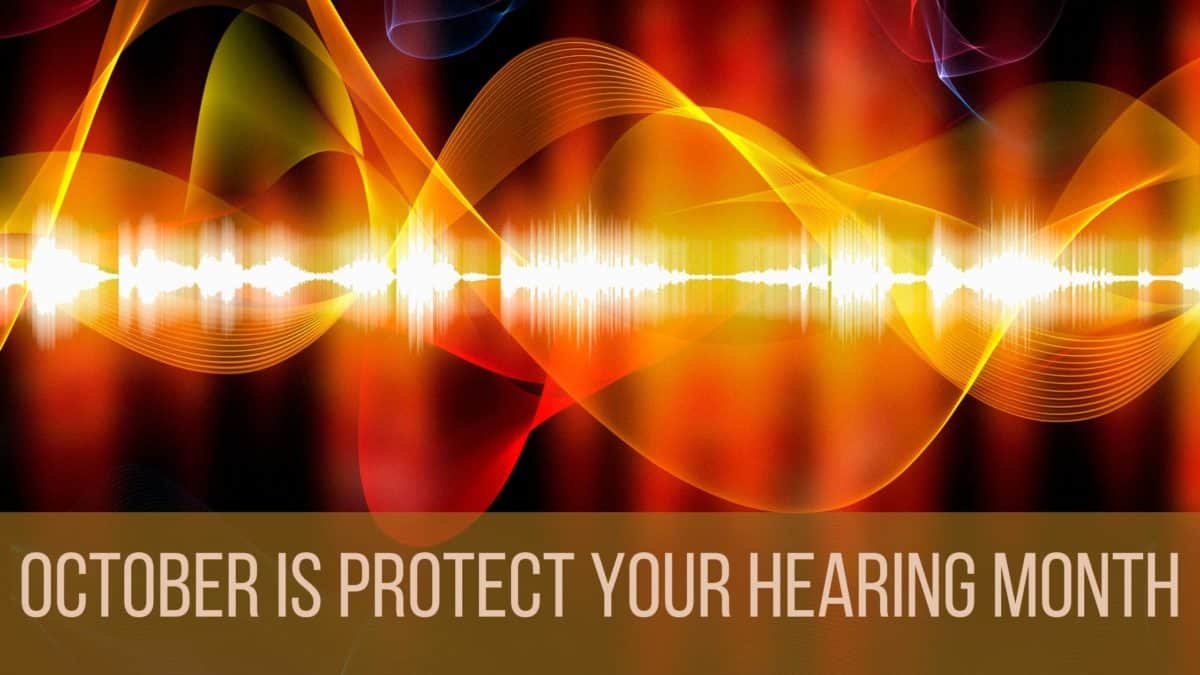- Understanding the Connection Between Tinnitus and Weather - May 17, 2025
- The Most Unexpected Reasons Hearing Aids Can Malfunction - May 9, 2025
- How OAE Testing Unveils Hidden Hearing Loss - April 15, 2025
Do you have young people in your life who seem to be constantly on their technological devices? Children and young people can benefit from using this technology as they learn and grow, and there is no doubt that technology will be essential to future success in life. However, young people need to learn how to best use technology to suit their needs rather than suffering some of the negative effects that can occur.
Take, for instance, the use of social media. Although these platforms can be an excellent tool to connect with others and build a public career profile, they also come with serious risks to mental health and wellbeing. Similarly, laptops, smartphones, and tablets can be an incredible boon to education and awareness of the world. Particularly, the ability to watch videos and stream audio media such as podcasts and audiobooks makes it possible to understand much more about the world than ever before. Despite these benefits of technology, they also come at a cost. Audio media, particularly when it is streamed through these devices into headphones or earbuds, can do serious and even permanent damage to hearing.
Each October, we celebrate “Protect Your Hearing Month” as an annual reminder of the importance of hearing protection. Not only is protection necessary in the form of earplugs and other devices, but also limiting exposure to harmful sound is one of the most important forms of protection. Let’s take this opportunity to think about how the young people in your life can be protected from the potentially harmful effects of headphones and earbuds. Although these devices bring incredible educational benefits, they can also do harm if used improperly or for too long.
The Risks of Youth Hearing Loss
Young people are showing higher rates of hearing loss than the former generations. When researchers try to understand how this came about, they must wonder if earbuds and hearing aids are part of the problem. With the new technological innovations of streaming media, it is possible to consume a constant diet of television, movies, audiobooks, podcasts, and other videos. Add to this complex picture the shift to distance learning in 2020. If students wore headphones or earbuds for the entirety of a school day and then turned around to binge-watch a television show to unwind, you can imagine how many hours might be spent wearing these devices. Under the right circumstances, these devices can be used safely, but they do come with some serious risks.
Guidelines for Headphones and Earbuds
To understand how to best use these devices, we need to understand how noise-induced hearing loss occurs. A single very loud blast might be sufficient to cause hearing loss in an instant, but that is not the only way this type of hearing loss occurs. A somewhat quieter sound, when endured for an extended period, can have the same effect as that immediate blast.
A good baseline number to keep in mind is 85 decibels. Experts tell us that this volume can be endured for 8 hours without risk of hearing damage. However, every three additional decibels of sound cuts that time in half. For instance, 88 decibels can be endured for 4 hours without hearing damage, and so on. With this in mind, the volume needs to be kept at a low place for those who wear headphones and earbuds for an extended time. A good rule of thumb is to keep the volume set at 75 percent or below.
Another approach to headphone and earbud safety is to keep the duration of use to a safe level. Rather than wearing these devices for hours on end, they might be better suited to brief stints. The time is now to have a conversation with the children, teenagers, and young adults in your life about the right way to use headphones and earbuds. Though they might be tempted to wear them for a full day of distance learning or remote work and then to turn around and listen to music or watch movies all evening, this type of use should only happen at a very low volume. Help these young people protect their hearing this October!

